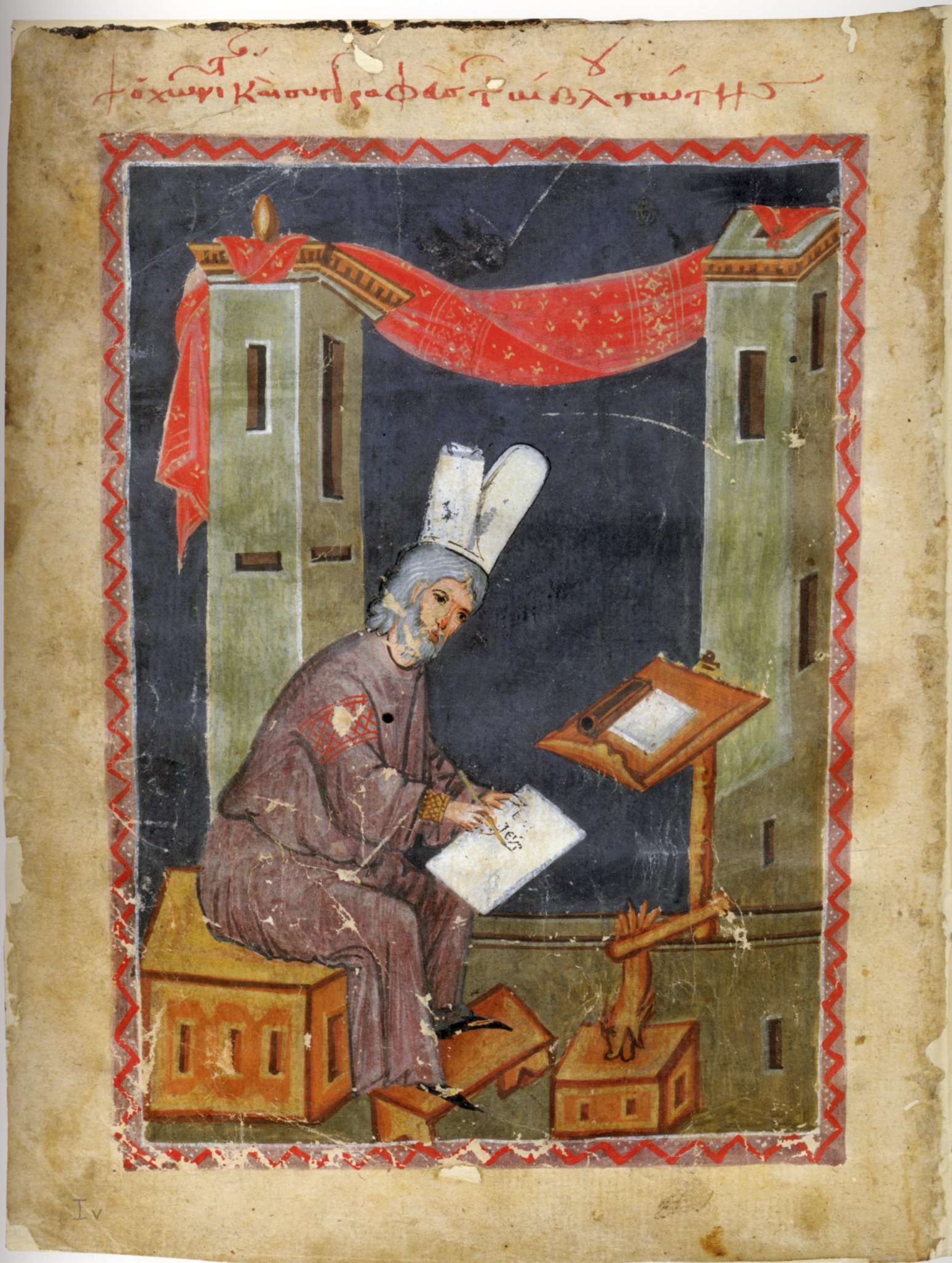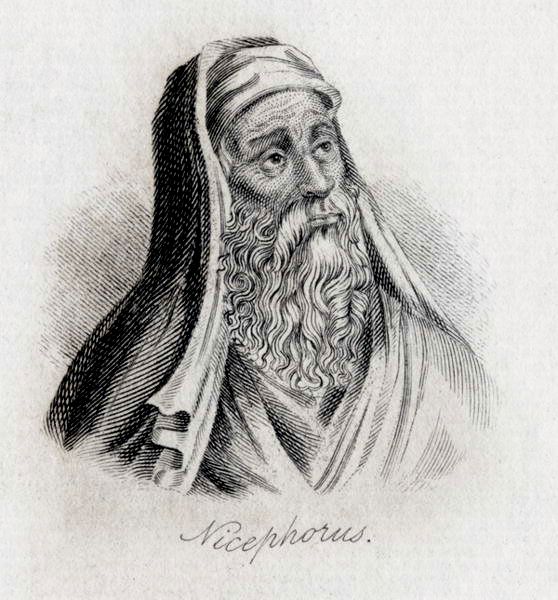|
Battle Of Antioch On The Meander
The Battle of Antioch on the Meander (also known as the Battle of Alaşehir) was a military engagement near Antioch-on-the-Meander between the forces of the Empire of Nicaea and the Seljuk Sultanate of Rûm. The Turkish defeat ensured continued Nicaean hegemony of the Aegean coast of Asia Minor. The Seljuk sultan, Kaykhusraw I, was killed on the field of battle. The battle took place near the modern town of Yamalak in Kuyucak district in Aydın Province. Background Following the capture of Constantinople by the forces of the Fourth Crusade (1204) and the partition of the Byzantine Empire, Theodore Laskaris (r. 1205–1222), crowned emperor in 1208, built up a power base in the former Byzantine territory of western Anatolia. This new polity was to become known as the Empire of Nicaea. Nicaea was one of the main Greek successor states that claimed the heritage of the Byzantine Empire, the other successor states were Epirus and later the Empire of Thessalonica in western Greece. ... [...More Info...] [...Related Items...] OR: [Wikipedia] [Google] [Baidu] |
Byzantine Empire
The Byzantine Empire, also referred to as the Eastern Roman Empire or Byzantium, was the continuation of the Roman Empire primarily in its eastern provinces during Late Antiquity and the Middle Ages, when its capital city was Constantinople. It survived the fragmentation and fall of the Western Roman Empire in the 5th century AD and continued to exist for an additional thousand years until the fall of Constantinople to the Ottoman Empire in 1453. During most of its existence, the empire remained the most powerful economic, cultural, and military force in Europe. The terms "Byzantine Empire" and "Eastern Roman Empire" were coined after the end of the realm; its citizens continued to refer to their empire as the Roman Empire, and to themselves as Romans—a term which Greeks continued to use for themselves into Ottoman times. Although the Roman state continued and its traditions were maintained, modern historians prefer to differentiate the Byzantine Empire from Ancient Rome ... [...More Info...] [...Related Items...] OR: [Wikipedia] [Google] [Baidu] |
Michael I Komnenos Doukas
Michael I Komnenos Doukas, Latinized as Comnenus Ducas ( el, Μιχαήλ Κομνηνός Δούκας, Mikhaēl Komnēnos Doukas), and in modern sources often recorded as Michael I Angelos, a name he never used, was the founder and first ruler of the Despotate of Epirus from until his assassination in 1214/15. Born , Michael was a descendant of Alexios I Komnenos and a cousin of emperors Isaac II Angelos and Alexios III Angelos. He began his public career in 1190, as a hostage to the Third Crusade, and went on to serve as governor of the province of Mylasa and Melanoudion in the 1190s and again in . During the latter tenure he rebelled against Alexios III but was defeated and forced to flee to the Seljuk Turks. In the aftermath of the sack of Constantinople by the Fourth Crusade in 1204, he attached himself to Boniface of Montferrat. Soon, however, he abandoned the Crusader leader and went to Epirus, where he established himself as ruler, apparently through marriage with the ... [...More Info...] [...Related Items...] OR: [Wikipedia] [Google] [Baidu] |
Boniface Of Montferrat
Boniface I, usually known as Boniface of Montferrat ( it, Bonifacio del Monferrato, link=no; el, Βονιφάτιος Μομφερρατικός, ''Vonifatios Momferratikos'') (c. 1150 – 4 September 1207), was the ninth Marquis of Montferrat (from 1192), a leader of the Fourth Crusade (1201–04) and the king of Thessalonica (from 1205). Early life Boniface was the third son of William V of Montferrat and Judith of Babenberg, born after his father's return from the Second Crusade. He was a younger brother of William "Longsword", Count of Jaffa and Ascalon, and of Conrad I of Jerusalem. His youthful exploits in the late 1170s are recalled in the famous "epic letter", ''Valen marques, senher de Monferrat'', by his good friend and court troubadour, Raimbaut de Vaqueiras. These included the rescue of the heiress Jacopina of Ventimiglia from her uncle Count Otto, who was intending to deprive her of her inheritance and send her to Sardinia. Boniface arranged a marriage for her. W ... [...More Info...] [...Related Items...] OR: [Wikipedia] [Google] [Baidu] |
Niketas Choniates
Niketas or Nicetas Choniates ( el, Νικήτας Χωνιάτης; c. 1155 – 1217), whose actual surname was Akominatos (Ἀκομινάτος), was a Byzantine Greek government official and historian – like his brother Michael Akominatos, whom he accompanied to Constantinople from their birthplace Chonae (from which came his nickname, "Choniates" meaning "person from Chonae"). Nicetas wrote a history of the Eastern Roman Empire from 1118 to 1207. Life Nicetas Akominatos was born to wealthy parents around or after 1150 in Phrygia in the city of Chonae (near the modern Honaz in Turkey). Bishop Nicetas of Chonae baptized and named the infant; later he was called "Choniates" after his birthplace. When he was nine, his father dispatched him with his brother Michael to Constantinople to receive an education. Niketas' older brother greatly influenced him during the early stages of his life. He initially secured a post in the civil service, and held important appointments under t ... [...More Info...] [...Related Items...] OR: [Wikipedia] [Google] [Baidu] |
Nikephoros Gregoras
Nicephorus Gregoras (; Greek: , ''Nikephoros Gregoras''; c. 1295 – 1360) was a Greek astronomer, historian, and theologian. Life Gregoras was born at Heraclea Pontica, where he was raised and educated by his uncle, John, who was the Bishop of Heraclea. At an early age he settled at Constantinople, where his uncle introduced him to Andronicus II Palaeologus, by whom he was appointed ''chartophylax'' (keeper of the archives). In 1326 Gregoras proposed (in a treatise which remains in existence) certain reforms in the calendar, which the emperor refused to carry out for fear of disturbances; nearly two hundred years later they were introduced by Gregory XIII on almost the same lines. Downfall of Andronicus II When Andronicus was dethroned (1328) by his grandson Andronicus III Palaeologus, Gregoras shared his downfall and retired into private life. Attacked by Barlaam of Calabria, he was with difficulty persuaded to come forward and meet him in a war of words, in which Barla ... [...More Info...] [...Related Items...] OR: [Wikipedia] [Google] [Baidu] |
George Akropolites
George Akropolites ( Latinized as Acropolites or Acropolita; el, , ''Georgios Akropolites''; 1217 or 1220 – 1282) was a Byzantine Greek historian and statesman born at Constantinople. Life In his sixteenth year he was sent by his father, the logothete Constantine Akropolites the elder, to the court of John III Doukas Vatatzes, emperor of Nicaea, where Akropolites continued his studies under Theodore Hexapterygos and Nicephorus Blemmydes. The emperor afterwards entrusted George with important state missions, as did his successors (Theodore II Laskaris and Michael VIII Palaiologos). The office of Grand Logothete, or chancellor, was bestowed upon him in 1244. As commander in the field in 1257 against Michael II, despot of Epirus, he showed little military ability. George was captured and kept for two years in prison, from which he was released by Michael Palaiologos. Meanwhile, Michael Palaiologos was proclaimed emperor of Nicaea, afterwards expelling the Latins from Constan ... [...More Info...] [...Related Items...] OR: [Wikipedia] [Google] [Baidu] |
Ibn Bibi
Ibn Bibi was a Persian historiographer and the author of the primary source for the history of the Seljuq Sultanate of Rum during the 13th century. He served as head of the chancellery of the Sultanate in Konya and reported on contemporary events. His best known book is ''Selçukname''. Life Ibn Bibi’s father, a native of Gorgan, lived for a time at the court of the Jalal al-Din Kwarezmshah and later worked at the Seljuq chancellery. His mother was a famous astrologer from Nishapur invited to Konya by Kayqubad I. The family was part of an exodus of Persian intellectuals from Mongol-dominated Iran. el-Evâmirü'l-Alâiyye fi'l-umûri'l-Alâiyye Ibn Bibi’s memoir is written in Persian and covers the period between 1192 and 1280.H. Crane, ''Notes on Saldjūq Architectural Patronage in Thirteenth Century Anatolia'', Journal of the Economic and Social History of the Orient, Vol. 36, No. 1, 1993:2. A single manuscript, produced for Kaykhusraw III, survives in Istanbul (Aya So ... [...More Info...] [...Related Items...] OR: [Wikipedia] [Google] [Baidu] |
Ibn Al-Athir
Abū al-Ḥasan ʿAlī ibn Muḥammad ibn Muḥammad ash-Shaybānī, better known as ʿAlī ʿIzz ad-Dīn Ibn al-Athīr al-Jazarī ( ar, علي عز الدین بن الاثیر الجزري) lived 1160–1233) was an Arab or Kurdish historian and biographer who wrote in Arabic and was from the Ibn Athir family. At the age of twenty-one he settled with his father in Mosul to continue his studies, where he devoted himself to the study of history and Islamic tradition. Biography Ibn al-Athir belonged to the Shayban lineage of the large and influential Arab tribe Banu Bakr, who lived across upper Mesopotamia, and gave their name to the city of Diyar Bakr. He was the brother of Majd ad-Dīn and Diyā' ad-Dīn Ibn Athir. Al-Athir lived a scholarly life in Mosul, often visited Baghdad and for a time traveled with Saladin's army in Syria. He later lived in Aleppo and Damascus. His chief work was a history of the world, ''al-Kamil fi at-Tarikh'' (''The Complete History''). He died i ... [...More Info...] [...Related Items...] OR: [Wikipedia] [Google] [Baidu] |
Attaleia
Antalya () is the List of largest cities and towns in Turkey, fifth-most populous city in Turkey as well as the capital of Antalya Province. Located on Anatolia's southwest coast bordered by the Taurus Mountains, Antalya is the largest Turkish city on the Mediterranean coast outside the Aegean region with over one million people in its metropolitan area.2011 Census Turkish Statistical Institute (Büyükşehir belediyeleri ve bağlı belediyelerin nüfusları) – 2011 The city that is now Antalya was first settled around 200 BC by the Attalid dynasty of Pergamon, which was soon subdued by the Romans. Roman rule saw Antalya thrive, including the construction of several new monuments, such as Hadrian's Gate, and the proliferation of ne ... [...More Info...] [...Related Items...] OR: [Wikipedia] [Google] [Baidu] |
Seljuk Sultanate Of Rum
fa, سلجوقیان روم () , status = , government_type = Hereditary monarchyTriarchy (1249–1254)Diarchy (1257–1262) , year_start = 1077 , year_end = 1308 , p1 = Byzantine Empire under the Doukas dynastyByzantine Empire , p2 = Seljuk Empire , p3 = Danishmends , p4 = Mengujekids , p5 = Saltukids , p6 = Artuqids , s1 = Anatolian beyliks , s2 = Ilkhanate, , event_pre = Battle of Manzikert , date_pre = 1071 , event_start = Division from the Seljuk Empire , event1 = Battle of Köse Dağ , date_event1 = 1243 , event_end = Karamanid conquest , image_flag = Double-headed eagle of the Sultanate of Rum.svg , flag_size = 100px , flag_type = ... [...More Info...] [...Related Items...] OR: [Wikipedia] [Google] [Baidu] |
Latin Empire
The Latin Empire, also referred to as the Latin Empire of Constantinople, was a feudal Crusader state founded by the leaders of the Fourth Crusade on lands captured from the Byzantine Empire. The Latin Empire was intended to replace the Byzantine Empire as the Western-recognized Roman Empire in the east, with a Catholic emperor enthroned in place of the Eastern Orthodox Roman emperors. The Fourth Crusade had originally been called to retake the Muslim-controlled city of Jerusalem but a sequence of economic and political events culminated in the Crusader army sacking the city of Constantinople, the capital of the Byzantine Empire. Originally, the plan had been to restore the deposed Byzantine Emperor Isaac II Angelos, who had been usurped by Alexios III Angelos, to the throne. The crusaders had been promised financial and military aid by Isaac's son Alexios IV, with which they had planned to continue to Jerusalem. When the crusaders reached Constantinople the situation quickly ... [...More Info...] [...Related Items...] OR: [Wikipedia] [Google] [Baidu] |






